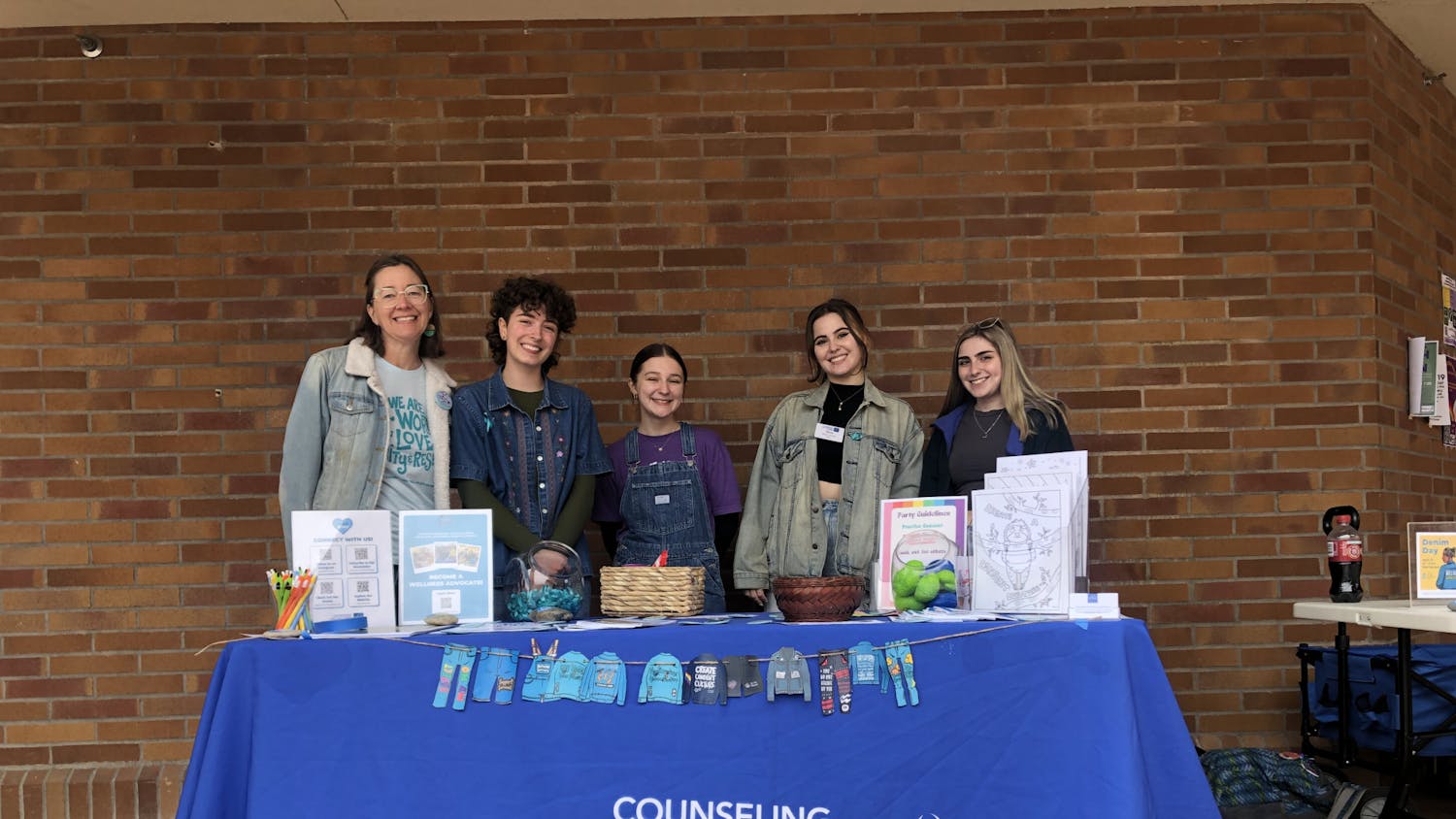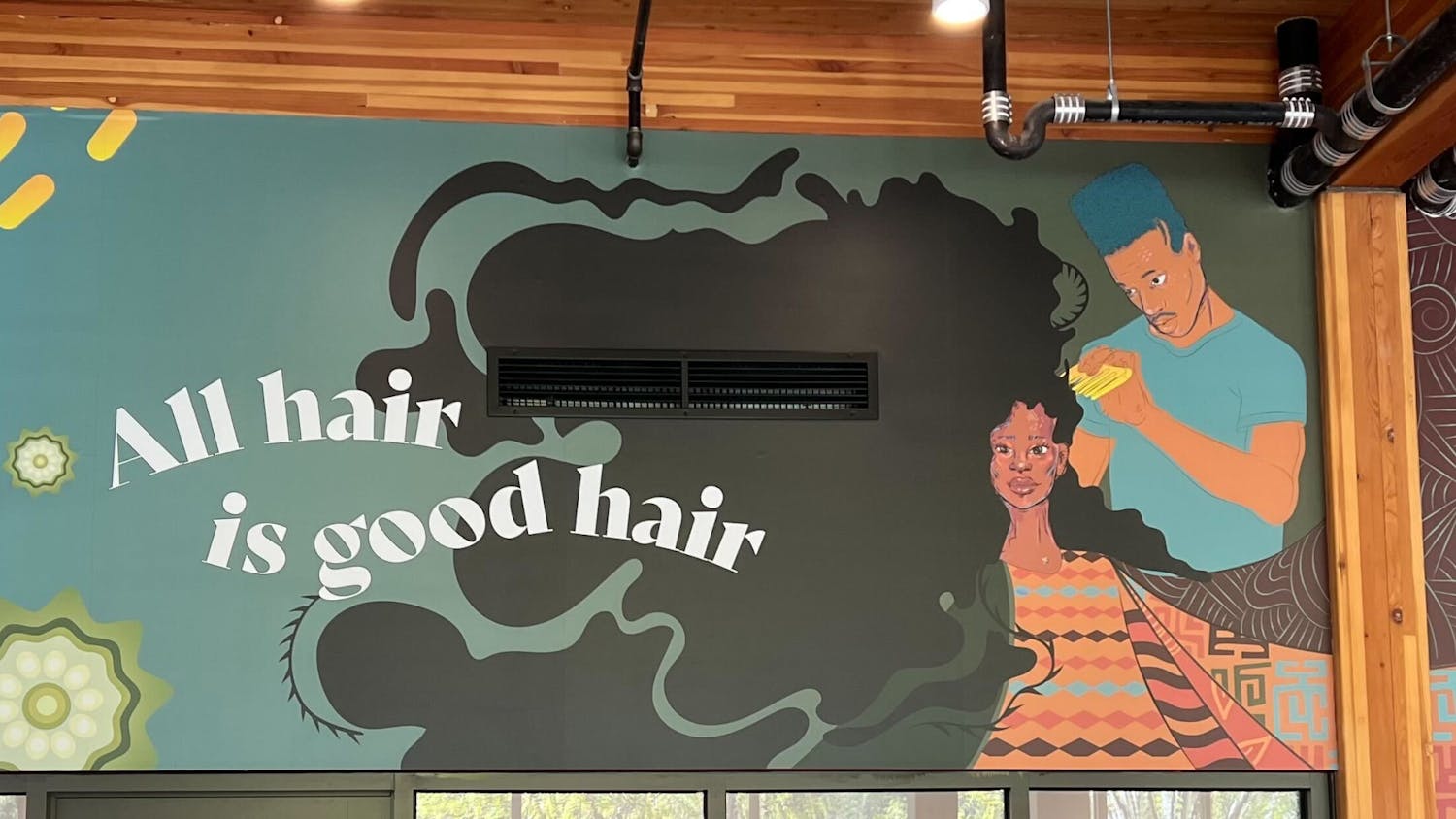By Emily Feek Western President Sabah Randhawa passed a policy regarding U.S. Immigration and Customs Enforcement (ICE) limitations on campus on Sept. 23. POL-U7100.03, Regarding Access to Non-Public Areas of Campus or Student Records for Immigration Enforcement Purposes, outlines privacy for students and defines which areas on campus are considered non-public. According to the policy, ICE agents are allowed on public campus areas, but require signed warrants to access non-public areas. Non-public areas include spaces such as classrooms, offices and residence halls, according to the policy. Paul Dunn, chief of staff and secretary to the board of trustees, said in an email he believes Western is the first four-year public institution to put a formal policy like this in place. “For example, while it would be appropriate for a person off the street to walk into an academic building to take a look around or find an administrative office, it wouldn’t be appropriate for them to enter classrooms, labs, or employee offices, much less access-controlled spaces,” Dunn said. Although access to campus is restricted for ICE agents, Western cannot entirely prevent ICE from entering campus spaces, according to the resource page for undocumented students. When ICE agents do have warrants to enter non-public campus spaces or to detain students, the new policy requires faculty and staff to make reasonable efforts to notify any affected students. “Because Western has a relatively small population of undocumented students who are in contact with advisors, faculty and student support staff, it is likely that contact with the student would be made relatively quickly through these personal networks and relationships,” Dunn said. One student-run resource is Western’s Blue Group, a group intended to support undocumented and mixed-status students by creating community. The group aims to create a safe space on campus for undocumented students and their allies to meet and support each other. Ana Ramirez, Blue Group’s media and public relations representative, said the policy hasn’t changed much for undocumented students on campus. Not all students feel protected by the new policy. “This policy is very, ‘Oh, this might happen if they come to campus,’ instead of having an actual plan beforehand,” Ramirez said. “They need to be more strict and concise with what they want to do.” Western’s protection of undocumented students extends to identifying student information and documentation status. Western does not require students to disclose documentation status and will not share student information unless in compliance with court orders, warrants or subpoenas, Dunn said. Western international students participating in exchange programs on campus do not have the same protections. International Student and Scholar Services works with the Student Exchange and Visitor Information System, which is allowed to respond to ICE requests for “directory information or SEVIS data regarding WWU international students in F or J visa status,” according to the policy. Prior to the policy, an interim policy with the same intent was established by Randhawa in 2016 after hearing that Deferred Action for Childhood Arrivals (DACA) privileges may be altered or revoked. Western intended to create a developed formal policy after more information about DACA changes became available, but went ahead with the policy because of a lack of information. “That clarity has obviously not been forthcoming, and doesn’t look likely to come anytime soon,” Dunn said. “When President Randhawa and Vice President for Enrollment and Student Services Melynda Huskey met with Blue Group students last year, the students expressed concerns that the University didn’t have a permanent policy in place, and so it was decided that the interim policy should be made permanent and revised if and when necessary.” The policy also requires Western to make students aware of the resources offered on campus. It links to the Western website’s undocumented students resource page which further outlines what resources are available to undocumented and mixed-status students. These resources are a mix of student-run programs and assistance from Western’s administration. “I would say we support students in many different capacities, the main [capacity] just being a network of other undocumented students,” Ramirez said. “Sometimes freshmen come to campus, and they haven’t revealed their status to anyone, or they don’t feel comfortable coming out as undocumented or even being with other undocumented people, so [we are] providing that support network in their personal lives.” Ramirez said Blue Group also receives support from faculty on campus who are willing to attend their meetings and events, but the group is driven by students. Newer resources were also created, including the Blue Resource Center (BRC), which was approved by the Associated Students in spring 2019 and opened fall quarter. The BRC is located in the Multicultural Center and is another resource intended to advocate for undocumented students and provide education, according to the BRC proposal. Student Outreach Services provides staff resources as well. The Ally Directory provides students with a list of staff and faculty committed to supporting undocumented students. These faculty members also often work with the Blue Group to support their events and meetings. “Most of the people on [the Ally Directory] have always supported Blue Group, for years, and most of our members have gotten to know them,” Ramirez said. “They do what we ask them to ... like if we ask them to come out to our events, or get the word out to other faculty [and] sending emails of support.” In addition, Western offers some financial assistance to undocumented and mixed-status students through programs including the “We Share The Dream” lending library. The lending library helps students access required textbooks that may be a financial burden, according to the Student Outreach Services website. Information about Blue Group can be found on the Western Washington University Blue Group Facebook page and on their Instagram profile, @wwubluegroup. More information about how to apply for the lending library and who is qualified to use it is available on the Student Outreach Services website.





